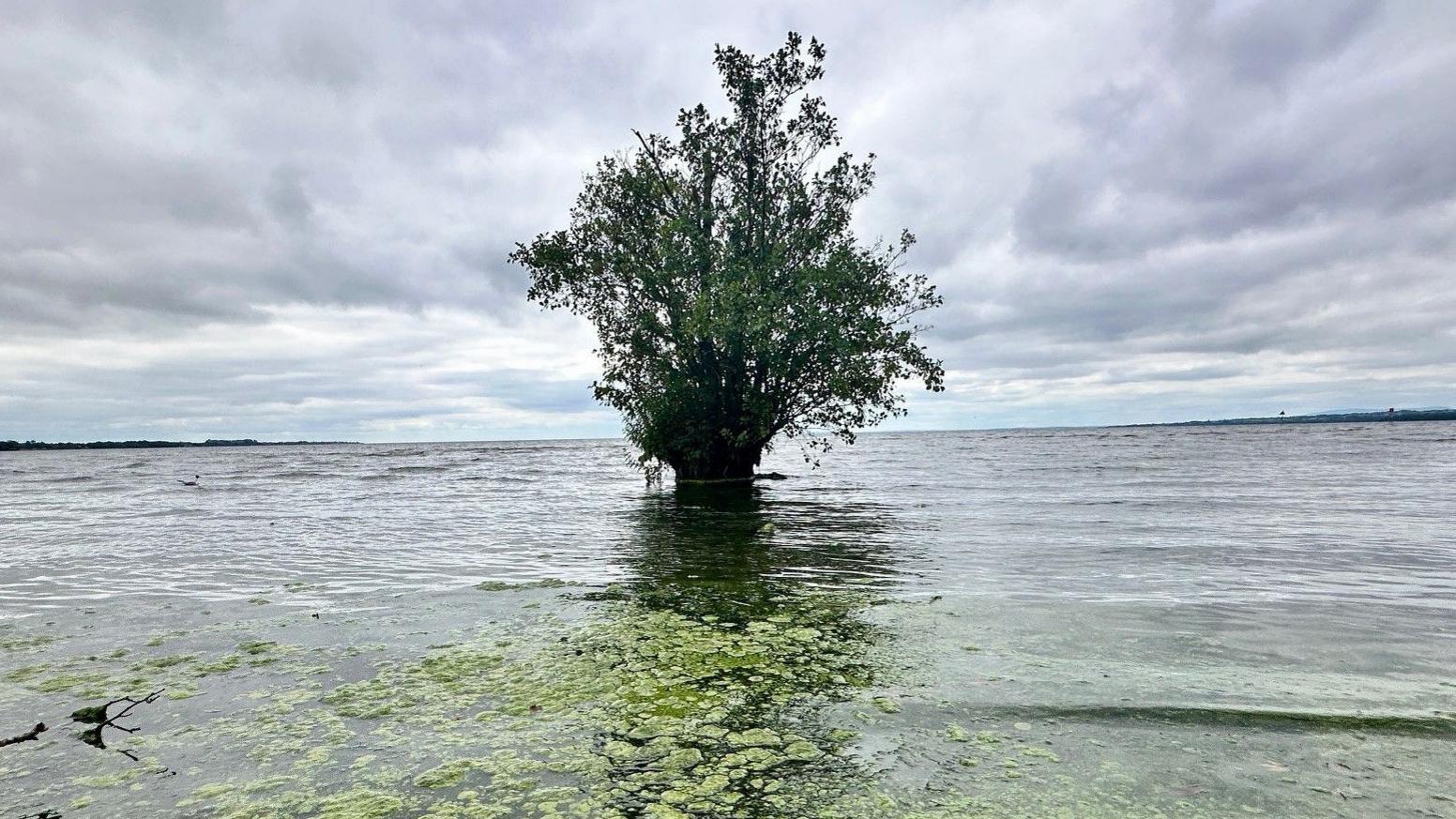Warning over harmful algae at national park
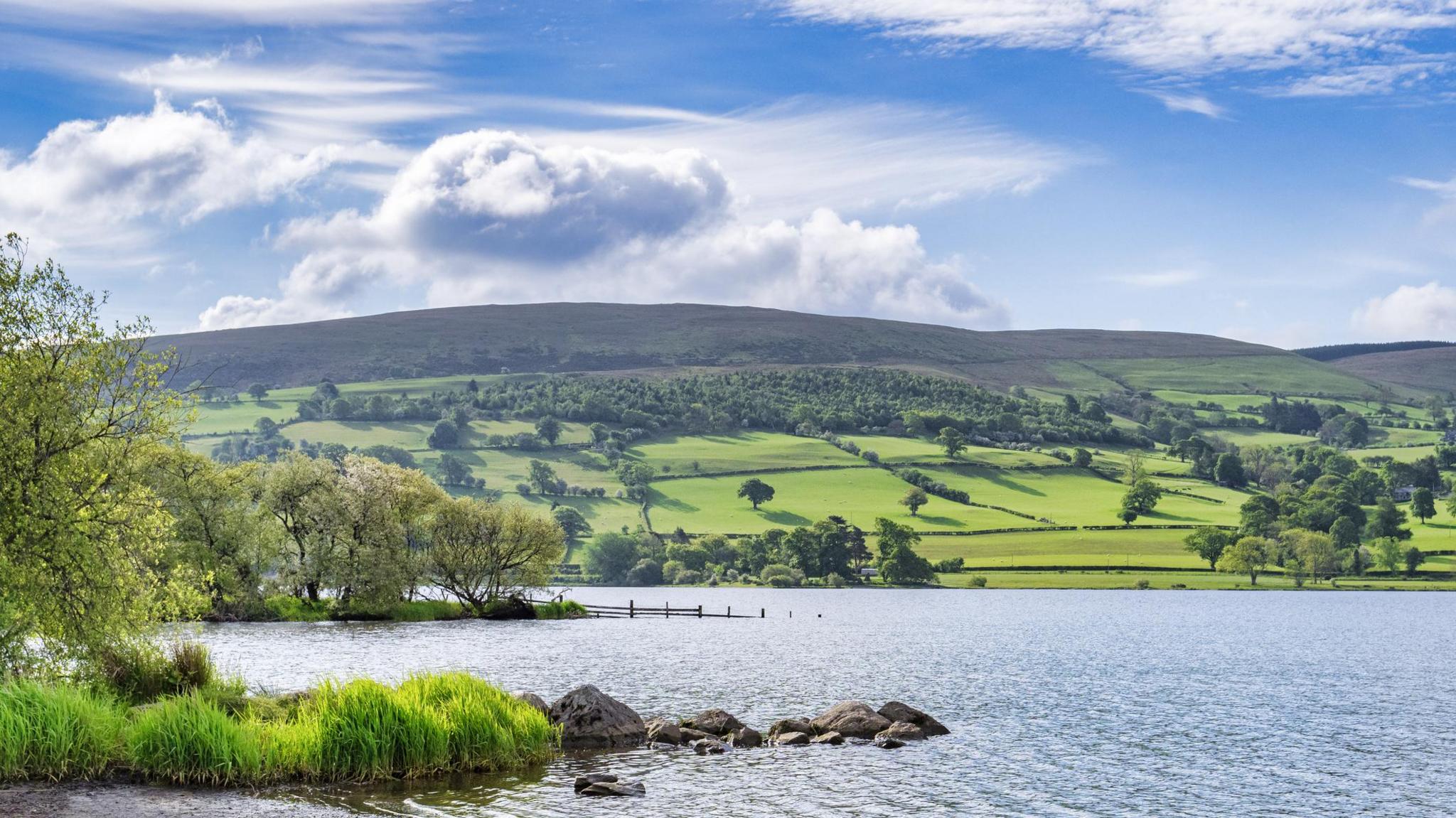
Llyn Tegid in Bala is Wales’ largest natural lake and popular for water sports
- Published
Visitors are being warned to take care when visiting Wales' largest lake after harmful algae was found in the water.
The blue-green algae was present in parts of Llyn Tegid in Bala, Gwynedd, Eryri National Park said.
The authority has urged people to be careful around the lake and avoid direct contact with the algae.
Blue-green algae is a collection of microscopic organisms that are naturally present in lakes and streams which can become harmful.
Algae warning at Wales' largest natural lake
- Published2 May
Call for action over 'heart-wrenching' blue-green algae
- Published9 September
Leaks and algae caused by energy scheme to be fixed
- Published15 April
The lake is popular with water sports enthusiasts.
Visitors are being asked to familiarise themselves with the safety notices around the lake.
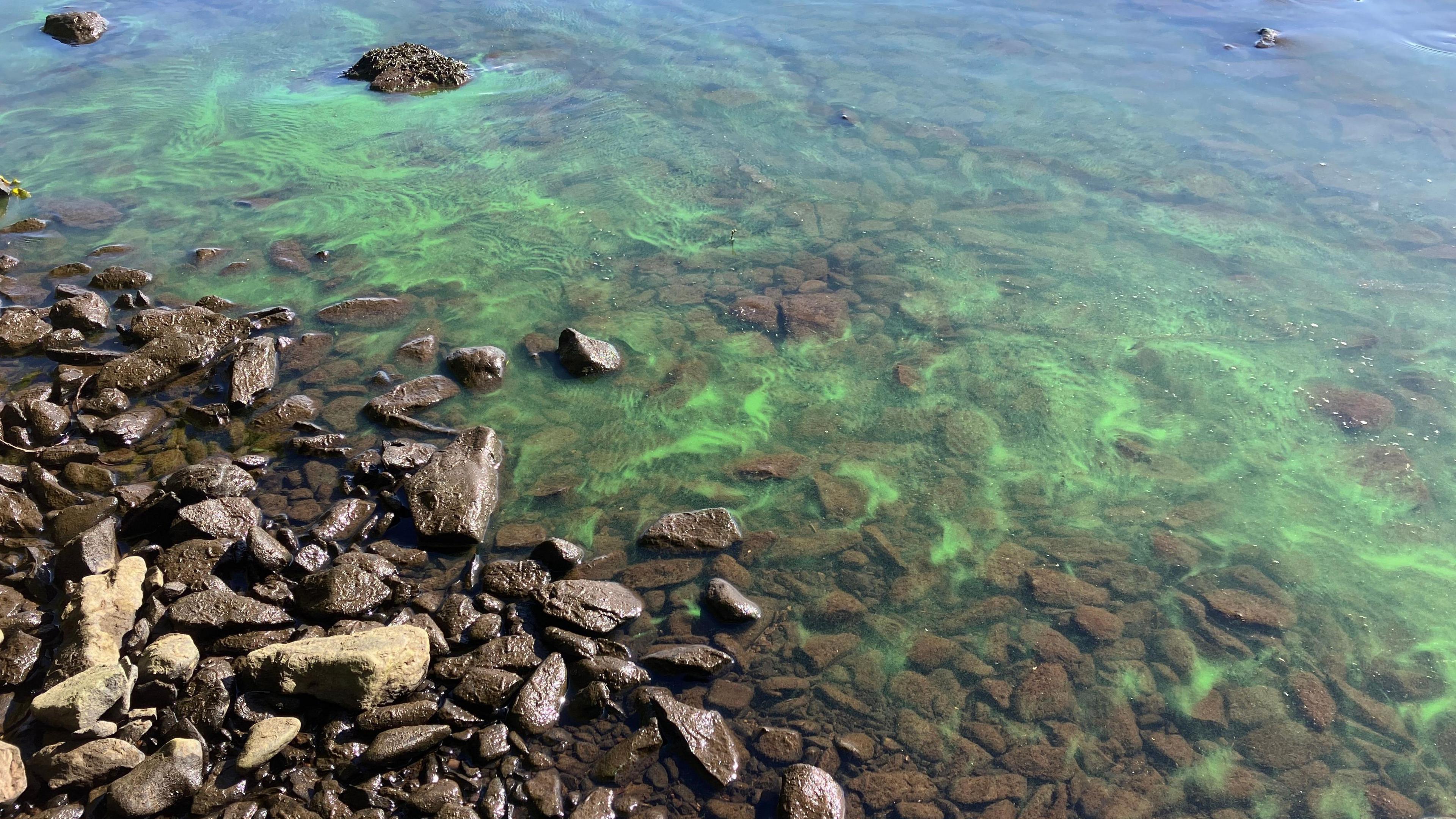
The blue-green algae was present in parts of Llyn Tegid
The authority said blue-green algal bloom was a natural phenomenon that had occurred in Llyn Tegid for many years, mostly appearing during periods of fine, hot weather, but could manifest at any time.
It can be easily identified from the bright-green coloured scum floating near the shorelines.
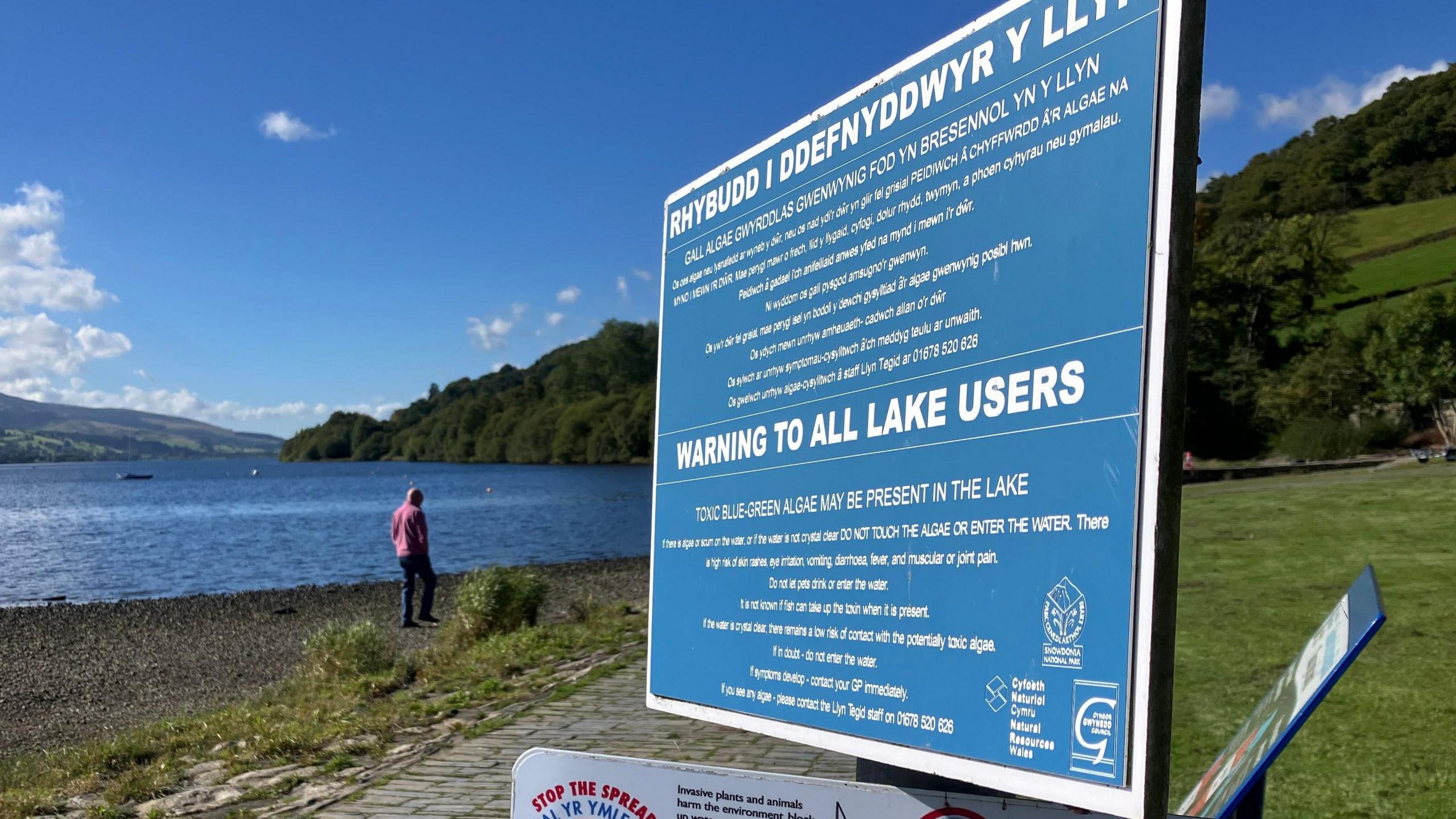
The authority's advice is not to enter the water in the presence of blue-green algal bloom
Blue-green algae - cyanobacteria - can become abundant in warm, shallow, undisturbed, nutrient-rich surface waters that receive a lot of sunlight, leading to floating mats or scums on the water's surface.
Some algae produce toxins which can cause skin rashes, eye irritation, vomiting, diarrhoea, fever, and muscular or joint pain if swallowed.
However, it is not possible to tell if a bloom is toxic simply by looking at it.
It is toxic to humans and animals, and skin contact with, or ingestion of the algae can cause mild to severe illness.
Dogs and livestock are especially vulnerable to blue-green algae, and can become severely or fatally ill very quickly.
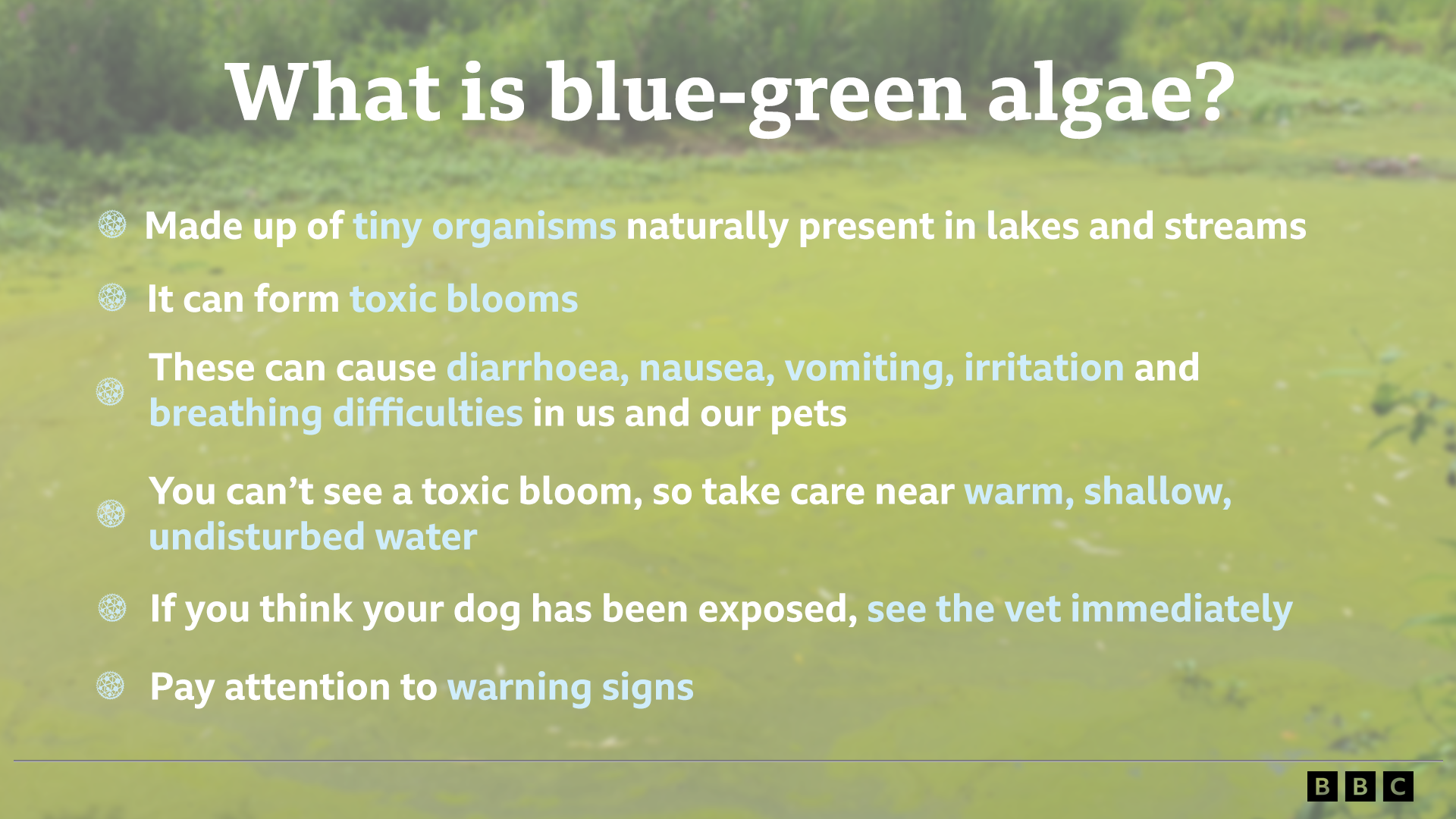
Eryri National Park said its lake wardens monitor water conditions very closely, especially in the summer season when blue-green algal bloom is most likely to occur.
When blue-green algal bloom has been identified or is suspected, prominent safety notices are erected around the lake, in addition to the year-round safety notices.
Before embarking on any water activities, lake users are strongly advised to read the safety notice and heed the advice given, adding its advice was not to enter the water in the presence of blue-green algal bloom.
"Even though the bloom is usually more prominent on the shores, the toxins can be present throughout the body of water."
Related topics
- Published7 May 2023
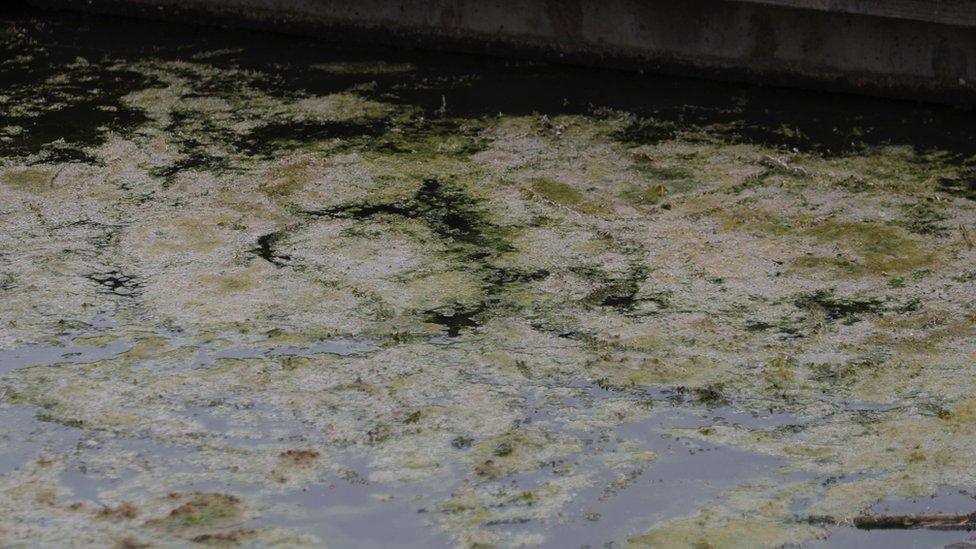
- Published20 September 2024

- Published10 October 2024
